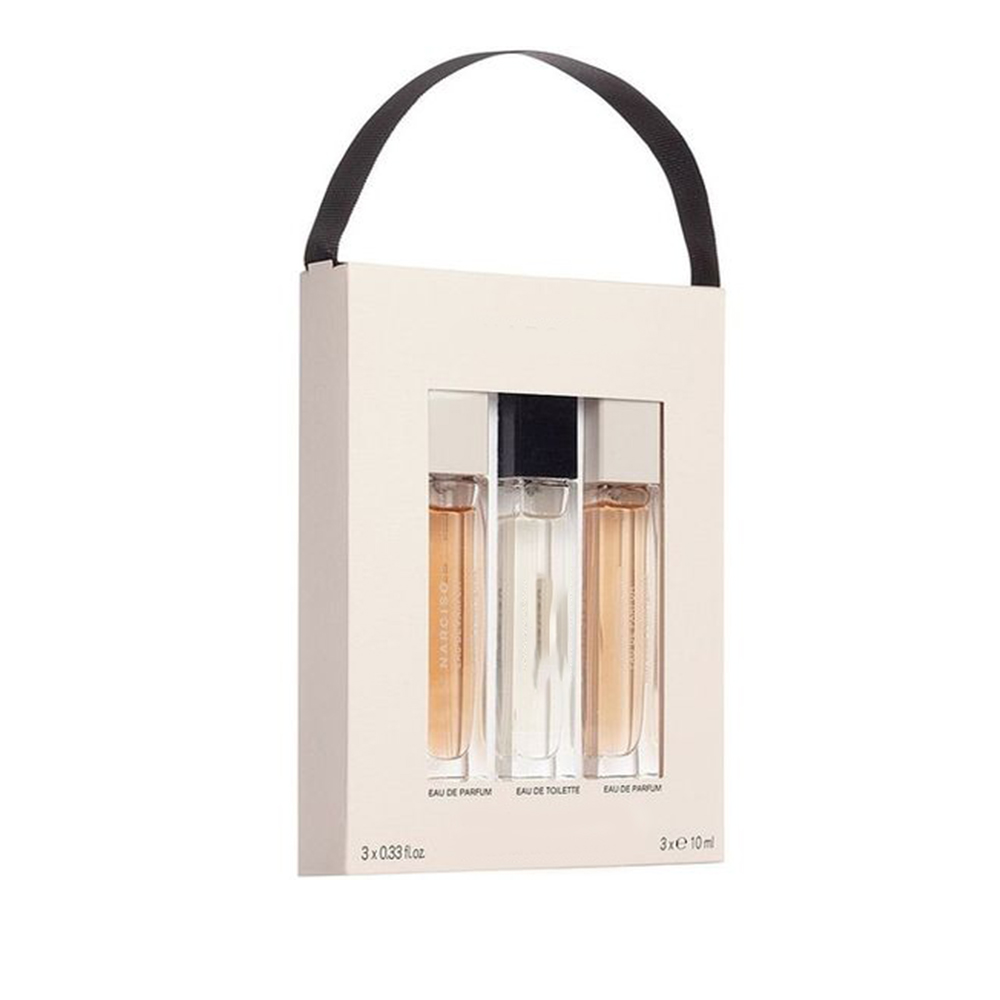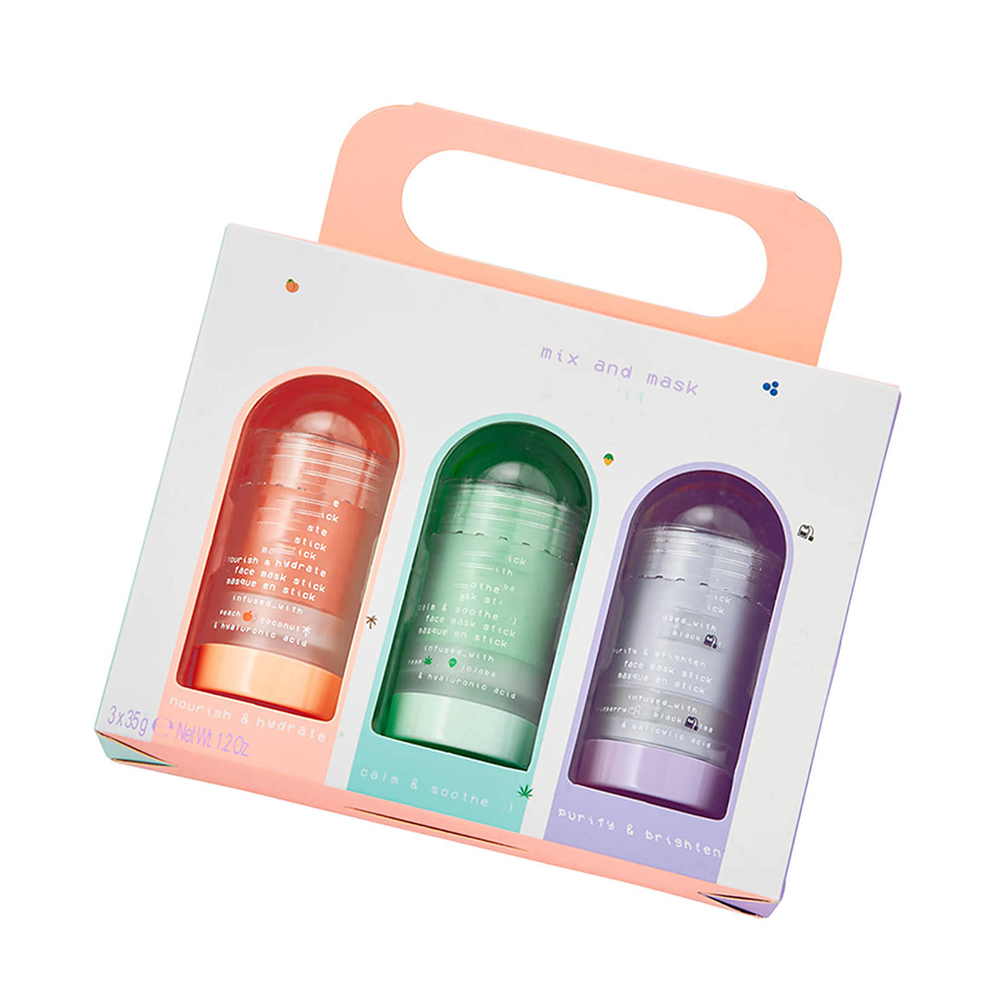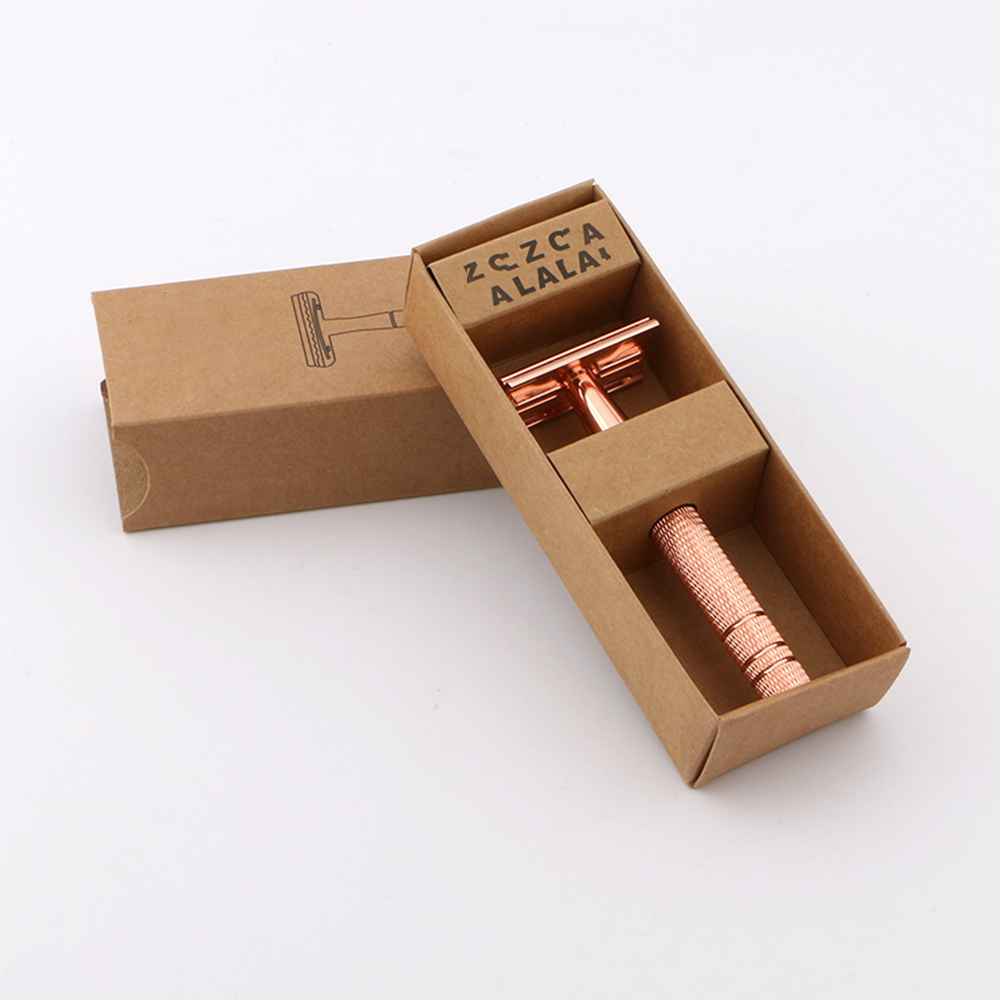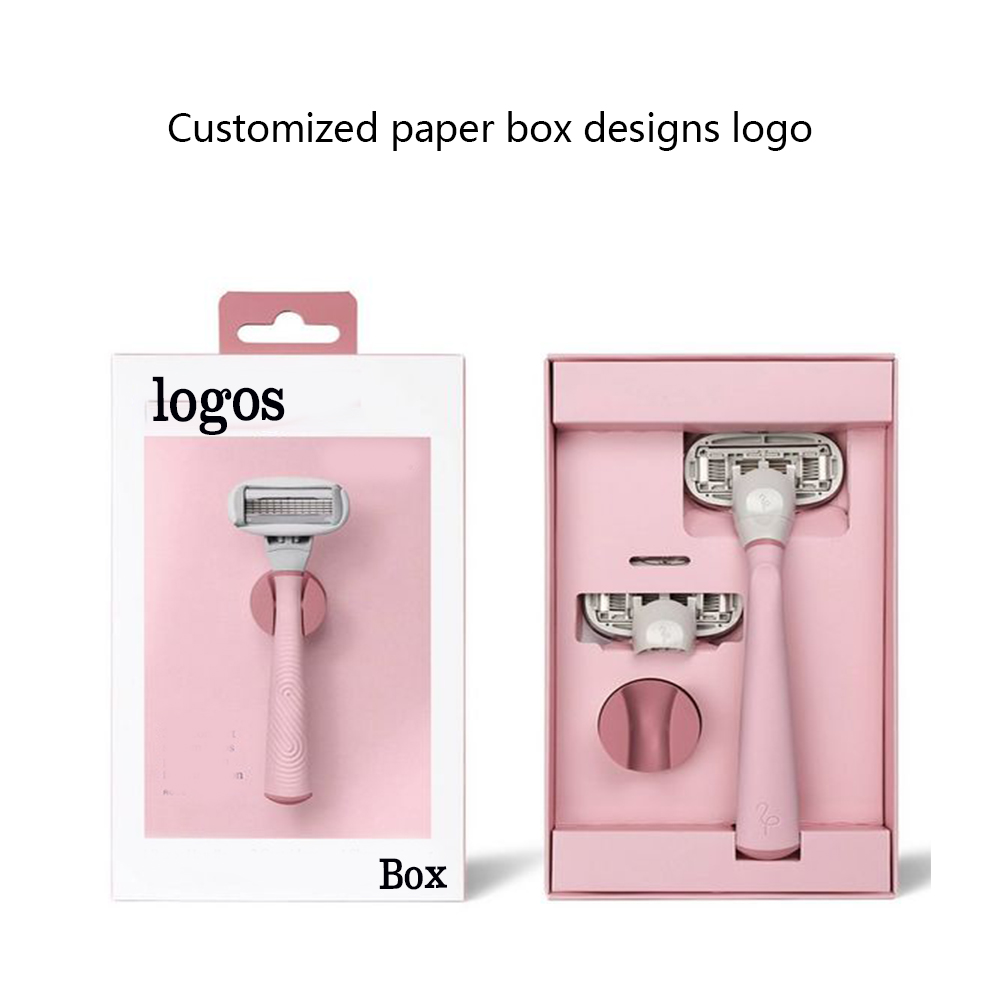News
As consumers become increasingly aware of the environmental impact of their purchases, the beauty industry has seen a significant shift toward more sustainable practices. One of the areas that has gained substantial attention is eco-conscious cosmetic packaging design. Beauty brands are now embracing innovative packaging solutions that minimize environmental impact while maintaining the aesthetic appeal of their products. This article delves into the importance of sustainable cosmetic packaging, the key trends in eco-friendly designs, and how beauty brands can adopt these solutions to stay ahead in a competitive market.
The beauty industry is often associated with excessive waste, from plastic containers to non-recyclable materials. However, as consumer demands for environmentally friendly products rise, cosmetic brands are transforming their packaging strategies to reduce waste, conserve resources, and contribute to a circular economy. With the introduction of eco-conscious packaging, brands not only reduce their carbon footprint but also build customer loyalty by aligning with the values of sustainability.
Why Eco-Conscious Cosmetic Packaging Matters
Eco-conscious cosmetic packaging plays a pivotal role in reducing the environmental impact of the beauty industry. Traditional packaging materials like plastic, glass, and aluminum contribute to pollution and take years to decompose in landfills. According to a report by the Environmental Protection Agency (EPA), the beauty industry is one of the largest contributors to plastic waste, with an estimated 120 billion units of packaging produced annually.
Sustainable packaging offers an alternative that helps brands reduce waste, improve recyclability, and contribute to sustainability. By using renewable materials and adopting minimalistic packaging designs, companies can help reduce the amount of waste generated by the beauty industry. Moreover, as consumer preferences shift toward sustainable products, eco-conscious packaging also helps brands enhance their reputation and attract environmentally-conscious customers.
Sustainable packaging also ensures that beauty companies comply with growing regulations and policies around waste management and environmental impact. This is particularly important as governments around the world implement stricter regulations to limit single-use plastics and promote recycling initiatives.
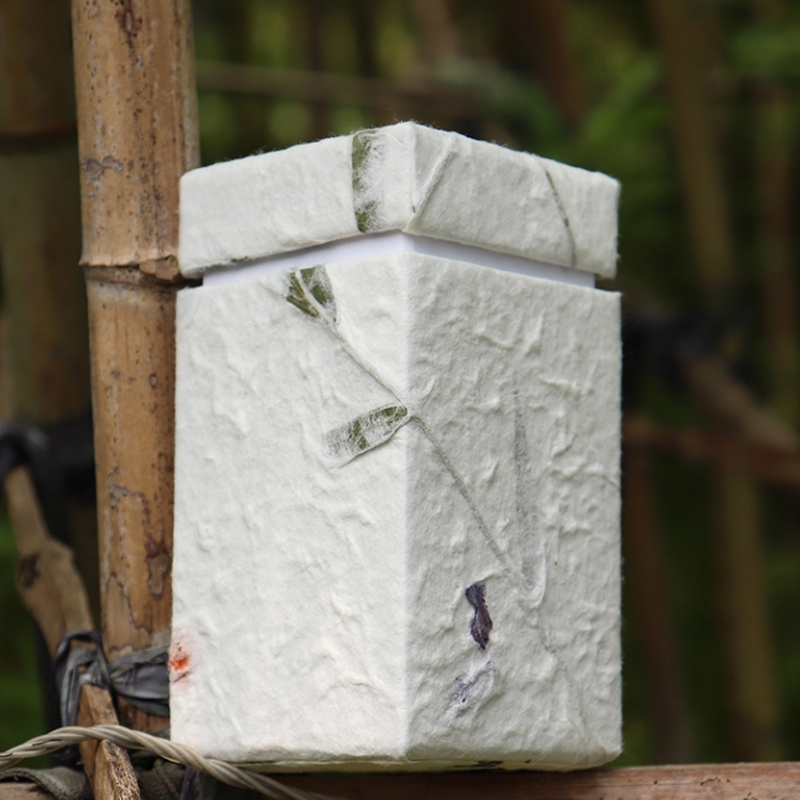
Trends in Eco-Conscious Cosmetic Packaging Design
Over the years, several key trends have emerged in the eco-conscious cosmetic packaging landscape. Beauty brands are now prioritizing packaging materials that are recyclable, biodegradable, or made from renewable resources. Below are some of the most significant trends in sustainable cosmetic packaging:
1. Biodegradable Packaging
Biodegradable packaging materials are one of the most popular alternatives to traditional plastic packaging. These materials break down naturally over time, reducing the impact on the environment. Companies are increasingly using biodegradable options such as plant-based plastics, paperboard, and wood-based packaging. Many beauty brands now offer products packaged in biodegradable containers or tubes that return to the earth after use.
2. Recycled Materials
The use of recycled materials in packaging is another growing trend. By using post-consumer recycled (PCR) plastics, beauty brands can reduce their reliance on virgin plastic and significantly lower their environmental footprint. Recycled materials are used in everything from cosmetic jars to bottles and pumps, helping to minimize waste while still offering high-quality packaging solutions. This trend not only reduces plastic waste but also helps to create a circular economy where materials are reused, rather than disposed of.
3. Refillable and Reusable Packaging
Refillable packaging is an innovative way to reduce waste and encourage customers to reuse their containers. Beauty brands are introducing refill stations in stores or offering refill packs for products like shampoos, lotions, and deodorants. Consumers can reuse their existing packaging by purchasing refills, which reduces the need for single-use plastic and lowers the overall consumption of packaging materials.
4. Minimalist Design
Minimalist packaging design has gained popularity as part of the move toward sustainability. By using less material, beauty brands can significantly reduce packaging waste. This design philosophy focuses on simple, sleek, and functional packaging that eliminates unnecessary elements while still maintaining aesthetic appeal. Eco-friendly ink, plant-based labels, and simple closures are commonly used in minimalist designs.
5. Glass and Aluminum
Glass and aluminum are increasingly being used as sustainable alternatives to plastic. Both materials are 100% recyclable and can be reused indefinitely without losing quality. Glass is a popular choice for packaging high-end beauty products, such as perfumes and serums, while aluminum is often used for deodorants and other personal care items. While glass is heavier and more fragile, its recyclability makes it an attractive option for eco-conscious brands.
6. Water-Soluble Packaging
A more recent development in eco-conscious packaging is water-soluble packaging, which dissolves in water. This packaging is ideal for products such as bath bombs, soaps, and powdered cosmetics. The water-soluble materials break down in water, leaving no waste behind. While still in the experimental phase, this type of packaging has the potential to revolutionize the beauty industry by offering a waste-free solution.
The Benefits of Eco-Conscious Cosmetic Packaging
Adopting eco-conscious packaging offers a host of benefits, not just for the environment, but also for the beauty brands that implement these changes. Below are some of the key advantages:
Reduced Environmental Impact: By using sustainable materials like biodegradable plastics and recycled packaging, beauty brands can significantly reduce their contribution to plastic waste and pollution. This helps protect ecosystems, reduce landfill waste, and minimize carbon emissions.
Enhanced Brand Image and Consumer Trust: As sustainability becomes increasingly important to consumers, brands that adopt eco-conscious packaging can enhance their reputation and attract environmentally aware customers. Brands that show genuine commitment to sustainability build trust and foster stronger customer loyalty.
Cost Savings: While eco-friendly packaging can sometimes be more expensive upfront, it can result in cost savings in the long term. For example, refillable packaging reduces the need for continuous production of new containers, cutting down on overall packaging costs.
Compliance with Regulations: Governments around the world are tightening regulations on plastic usage, and adopting eco-friendly packaging solutions can help brands stay ahead of the curve, ensuring compliance with future policies.
Sustainability Leadership: By leading the way in sustainability, brands can position themselves as pioneers in the eco-conscious beauty movement. This not only differentiates them in a competitive market but also appeals to consumers who prioritize ethical and sustainable practices.
Conclusion
As the beauty industry continues to evolve, eco-conscious cosmetic packaging design is no longer a trend, but a necessity. With growing consumer demand for sustainability and reduced environmental impact, beauty brands must prioritize innovative and eco-friendly packaging solutions to stay competitive and build long-lasting relationships with customers. By embracing recycled materials, biodegradable packaging, and refillable containers, brands can contribute to a more sustainable future while meeting the growing expectations of eco-conscious consumers.
The move toward sustainable packaging in the beauty industry not only benefits the planet but also strengthens brand value, boosts customer loyalty, and provides long-term cost savings. As eco-conscious packaging continues to shape the future of the beauty industry, brands that lead in this space will be well-positioned to thrive in an increasingly environmentally-conscious world.

